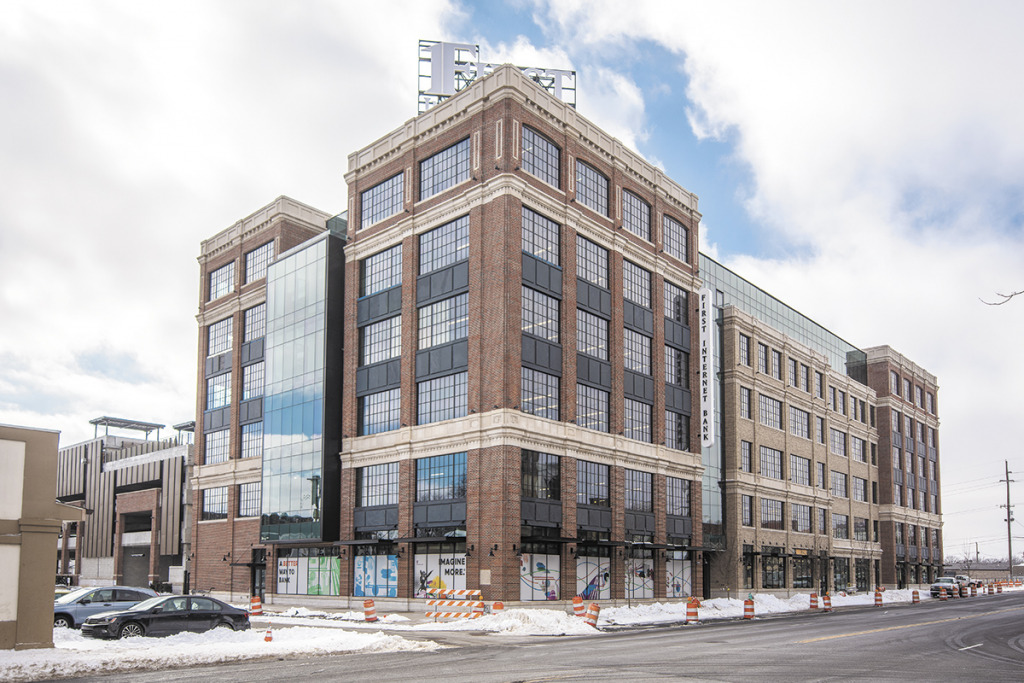
Fed keeps interest rate unchanged, sees slower growth, slightly higher inflation ahead
The Federal Reserve has again kept its interest rate at about 4.3%, as the central bank evaluates the impact of the Trump administration’s policies on the economy.










